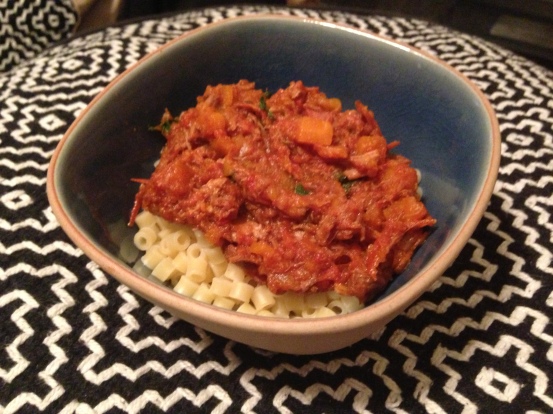Before we start, I need to warn you of a few things:
- I hardly (i.e. next to never) eat “American food”
- I eat fast food (McDs / Burger King / KFC / etc…) probably once every two years, barring breakfast hash browns and ice cream. Why is the ice cream so good at these places??
- I’m not a burger connoisseur so don’t expect any knowledge of the so-called perfect burger
- I will be possibly one of the last people you can expect to find eating a burger, because I get bored halfway through
- I don’t even like meat that much except under special circumstances
But I have a dirty secret. I dream about eating Big Macs.
I really like the sauce. The last time I ate a Big Mac was sometime earlier this year (before that, it was probably 3-4 years ago). It was pretty disappointing, all except… the sauce. Yes, I felt kinda sick after finishing the burger. As anticipated. But I had my special Big Mac sauce fix, which I thought would tide me over maybe another 3 years?
Until Bigfoot suggested we have home made burgers one night. Home made burgers? pshaw. Not interested. Never had a good one. Whatever, burgers. Boring.
He said home made burgers are the food of kings, and that it would be different. ***
I said whatever, burgers are boring and make me feel sick after I finish eating them.
He said just try come on pleaaasseee. And agreed that I could be in charge of the sauce.
I said hmm…. could that sauce be Big Mac sauce, you say?
A deal was struck. Lamb burgers with cheese, charred onions, rocket, and Big Mac sauce. Yes, I know it sounds trashy alongside all those nice fancy words like “lamb” and “charred” and “rocket”. Boo to you too. No sauce for you.
As I rolled around my living room floor groaning at how the burger overstretched my poor stomach, I realised that the recipe for Big Mac sauce had to be posted. Not for anyone else, because there are enough so-called secret sauce recipes out there.But for me, so I won’t forget it, and so I can eat my sauce happily without visiting McDs, thereby bypassing the after-fastfood-I-am-going-to-throw-up-feeling. Yay me!
I’ve also included the burger recipe because it was rather good, if my meat-ambivalent tastebuds dare say so.
Big Mac Sauce
Based on a survey of ‘secret sauce’ recipes around the web… and then I used different ingredients like wholegrain mustard. It isn’t a totally faithful reproduction, rather just a reproduction that tastes similar, that we enjoyed
2 tablesp Kewpie mayo
1 tablesp Branston pickle
2 teasp wholegrain mustard
1/4 onion, chopped finely
1 clove garlic, chopped finely
1 teasp paprika / chilli powder
- Mix all the ingredients. Taste and adjust. Leave to sit for at least 15 minutes so the onion softens
Lamb Burgers
Makes around 5 large burgers. Bigfoot’s own recipe.
500g minced lamb
1 1/2 onion
3-4 cloves garlic
2 teasp smoked paprika
2-3 teasp dried mint
1 teasp cumin
1 teasp dried oregano
A little Salt
Black pepper + salt to coat
- Chop the onion and garlic in a chopper. Fry them off until fragrant in a little oil.
- Mix everything into the lamb, without over handling it. Shape into patties. Leave patties in the fridge to firm up, for around half an hour.
- Heat up your grill pan until it is pretty scary-hot. Add a generous helping of black pepper and a bit of salt to the outside of each patty on both sides (amount is to your taste). Then cook them over the grill, flipping regularly.
*** yes I have taken poetic license but you get the gist.

















